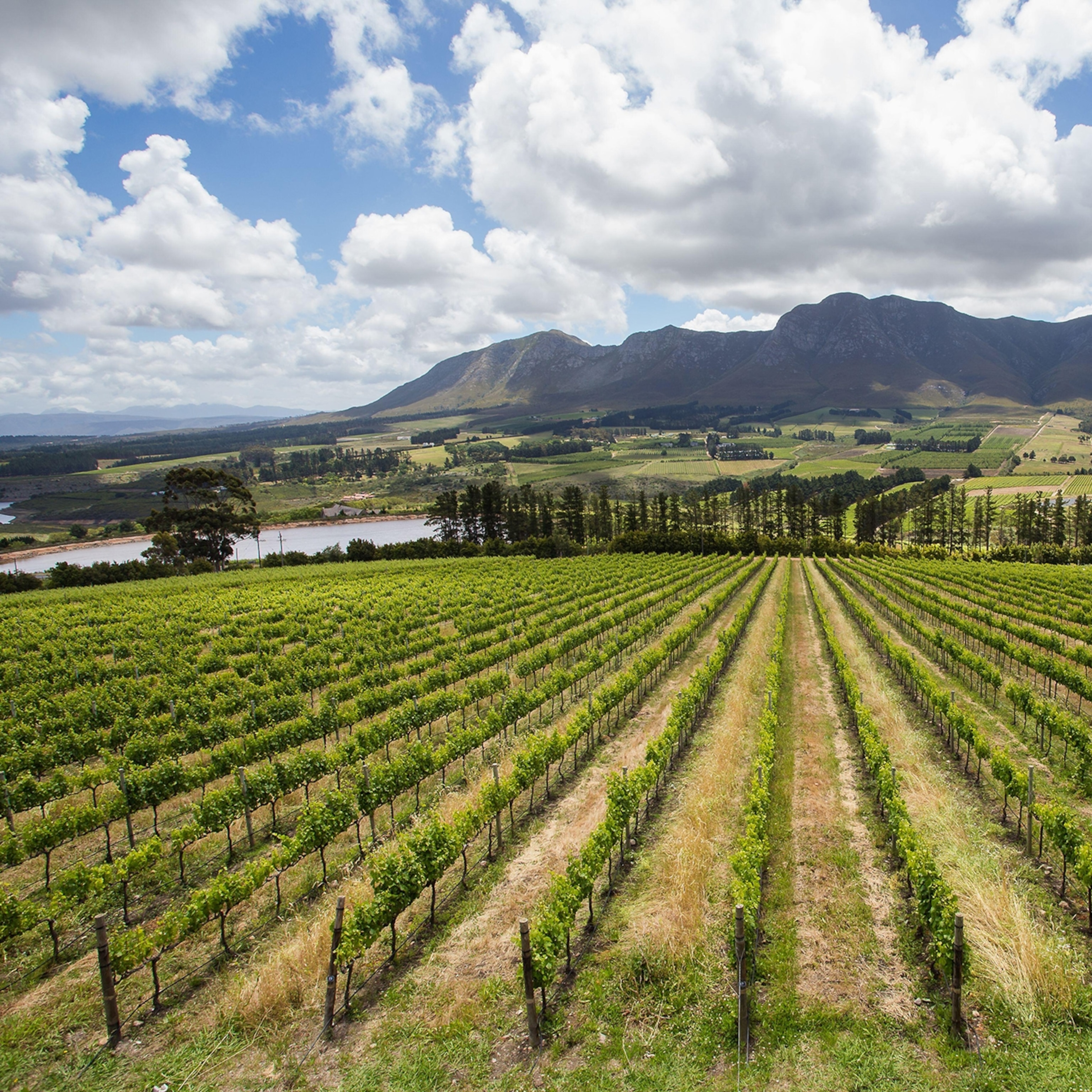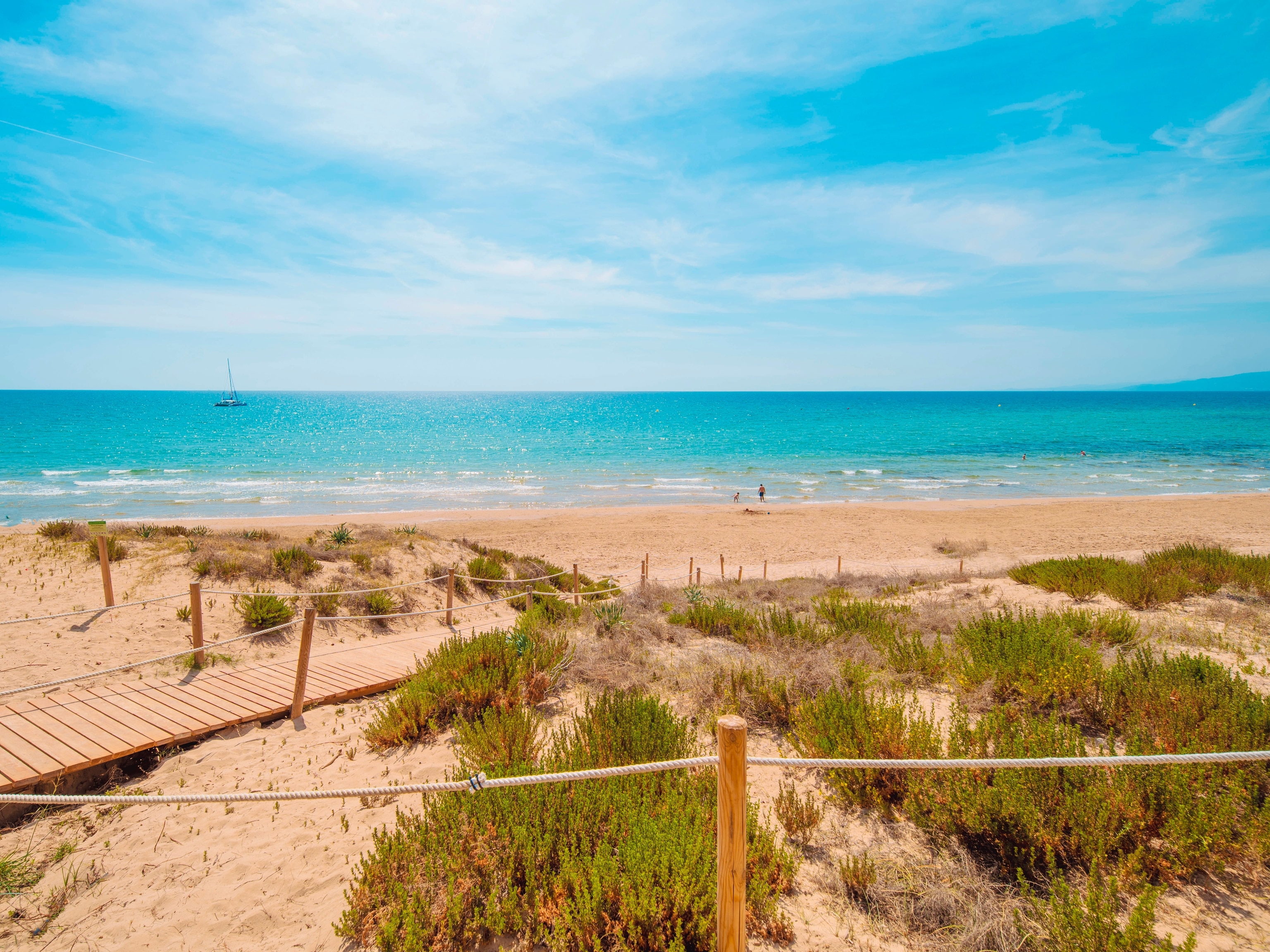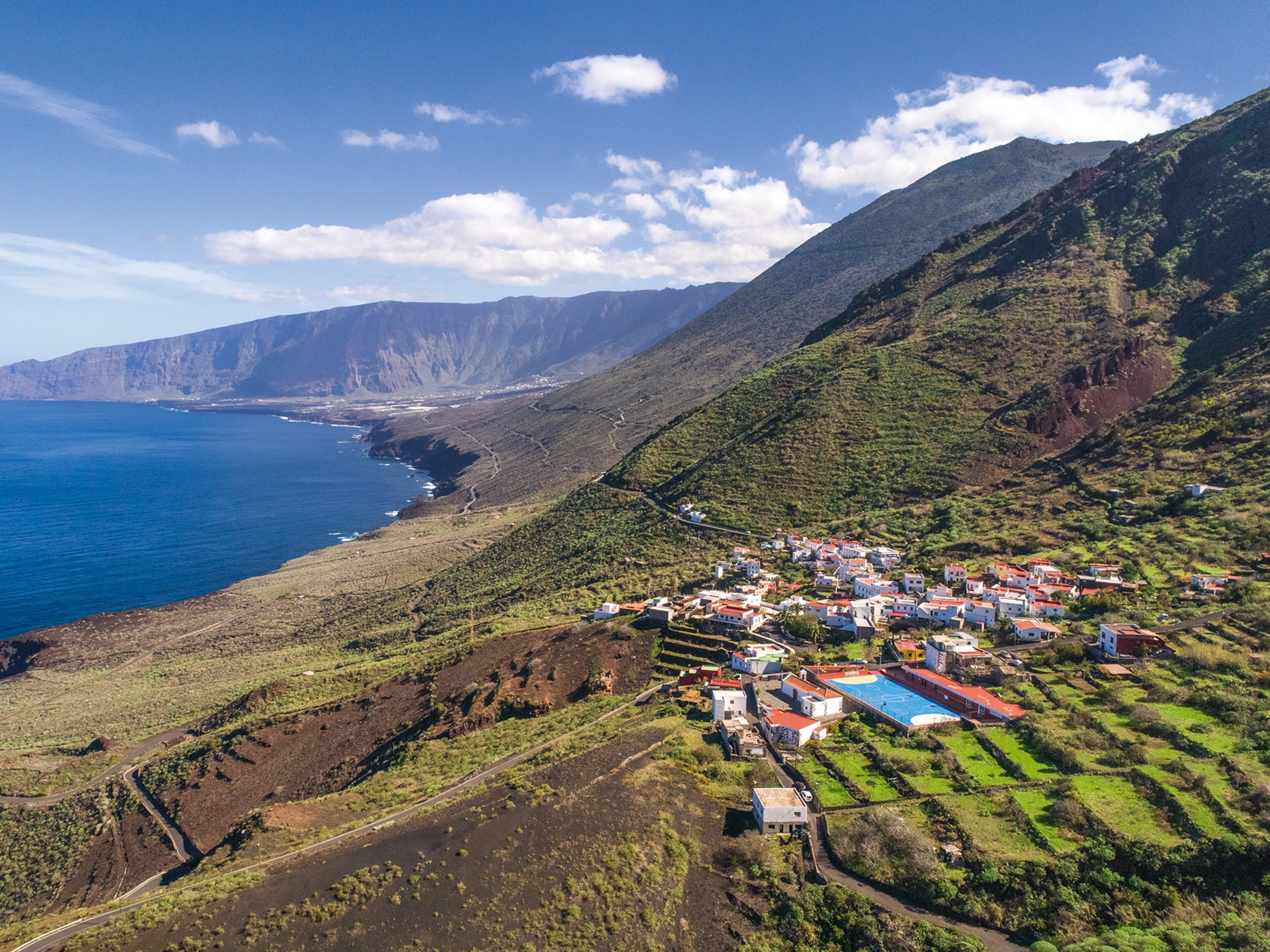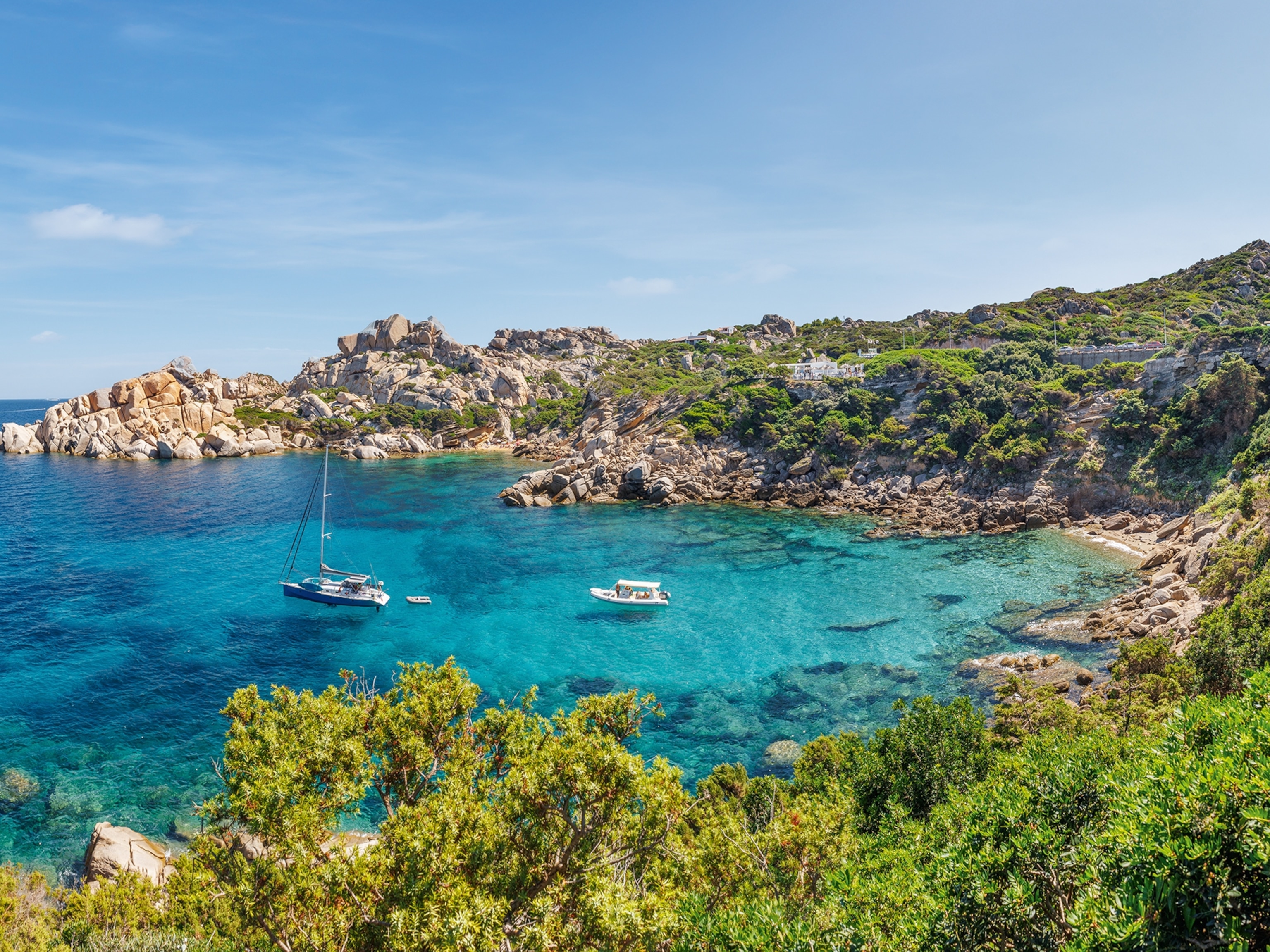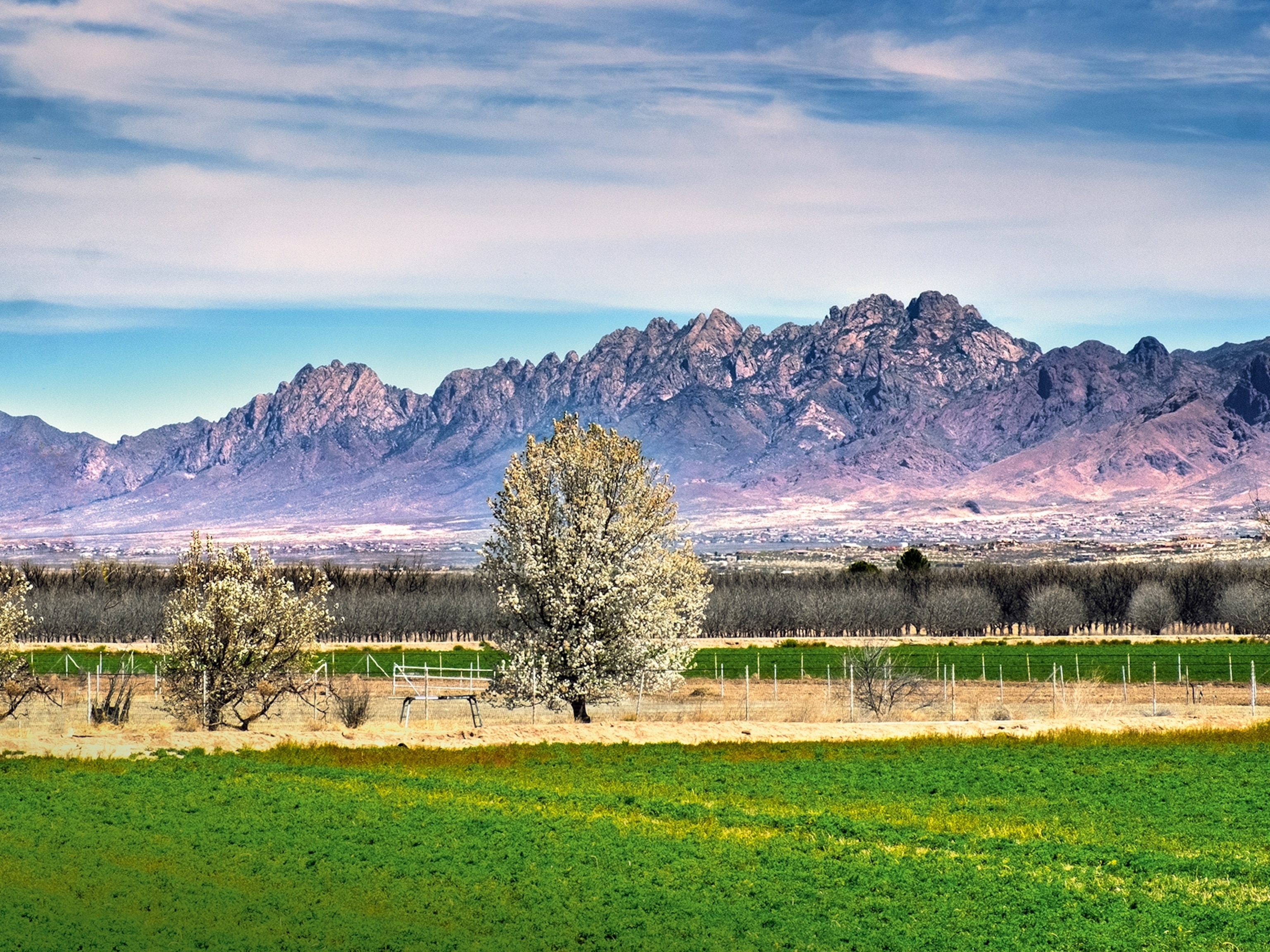A wine-lover's guide to the Costa Brava
With centuries of winemaking history and a wealth of tasting experiences on offer, the Costa Brava is ideally set up for those seeking vines, views and viniculture.

Most people think of the Costa Brava for its Mediterranean beaches and classic holiday resorts — and rightly so, as the coastline is spectacular — but this northeastern region of Catalonia offers more than just sea and sand. Visitors can expect a much-storied history, diverse terrain and landscapes, inspiring architecture and an exceptional food and wine scene.
The region’s wine production is centred around the protected 'designation of origin’ (DO) Empordà area, which stretches from near the Pyrenees mountains in the north to the glistening Mediterranean Sea in the south, traversing the Costa Brava. The area's DO status means that wine produced in this region is regulated for quality and authenticity, making a viticultural journey one of the best ways to experience the area.
Start at the beginning in Empúries
While the DO Empordà wine region may only have gained its protected status in 2006, wine production here likely dates back to the ancient Greek and Roman times, both of whom settled in the area they called Empòrion and Emporiae respectively. These days, the settlement and historical ruins of the city are called Empúries and are the destination from which the wider region and the wine designation take their names. Any wine-focused exploration of the region should begin at this ancient site, to understand the scale and importance of this part of the Iberian Peninsula. The Archaeology Museum of Catalonia Empuries is the best place to start, showcasing objects that have been unearthed over the years. Only about half of the ruins have been excavated so far, so discoveries are continually being added.
Combine waves and wine in Llançà
Head 25 miles up the coast from Empúries and you’ll reach the fishing port of Llançà. It’s here — thanks to the team at SK Kayak — that you can experience the region’s vineyards from a different perspective. You’ll set off from the beach in your kayak and follow the coast to a small cove at Cap Ras, stopping en route to drink in the views of the green coastal vineyards near the Garbet Sea. Along the way, disembark to enjoy tastings at local wineries such as Hugas de Batlle.


Enjoy views and vines at Sant Pere de Rodes
Those who prefer something a little less demanding should head to the majestic Monastery of Sant Pere de Rodes. This former Benedictine monastery sits at the top of the Verdera mountain range and offers some of the best views over the Cap de Creus peninsula. This complex of Romanesque-style religious buildings is among the most important medieval sites in Catalonia, and while the buildings are vast, it’s said that no more than 20 or so monks lived here at any one time. Those who did, however, made wine. Take a tour of the impressive wine cellar with its vaulted ceiling and learn about the vineyard terraces and Ramon Pere de Noves — a monk with a particular proclivity for winemaking.
Learn about tradition and conservation at Espelt Viticultors
While plenty of grape varieties have been grown in Costa Brava over the centuries, there are some local varietals that are characteristic of this land, soil and location — the most common being Garnatxa and Moscatell. One of the wineries looking to preserve and grow these historic varieties is Espelt Viticultors. The family-run estate grows grapes both by the sea and inland, and since 2020, all the wines have been organic thanks to their commitment to regenerating the area’s soil and landscape. They’ve rebuilt terraces, constructed nearly 3,000 metres of dry-stone wall and entered into a land stewardship project with the IAEDEN conservation association to encourage biodiversity in the vineyards. Book one of the two-and-a-half-hour tasting tours to learn more about the vine and wine processes whilst sipping on the latest vintages.

Find festivals and wellness in Peralada
In the centre of Empordà stands the Castillo Peralada, a medieval castle that was once at the heart of winemaking. In 1923, the castle — or what was left of it — was bought by Miguel Mateu Pla, whose dream was to restore both the castle and the winemaking tradition of the area. Eventually, he achieved his aim, and three generations later, the family-run winery of Peralada produces more than two million bottles per year. Part of the estate is a resort with a wine-inspired spa that uses grape skins, seeds and oils as part of its treatments — try the Vitis Vinifera Ritual for all-out bliss. In the summer months, Peralada is also home to the Castell de Peralada Music Festival, which has taken place annually for nearly 40 years.

Wine and dine in Girona
No trip to the Costa Brava would be complete without one final stop in the colourful city of Girona. Sat at the meeting point of four rivers, the city has been home to settlements since at least the Roman times, a history that endures in the remains of the old city walls. Girona's centre is an architectural and cultural blend that features Islamic, Jewish, and Roman influences, best explored by getting lost in the winding streets. Cool off by dipping into one of the city’s chic wine bars, many of which specialise in natural wines. For the ultimate experience, try to snag a table on the terrace at the trendy La Tabarra. Its wine list has a great selection of red, white and rosé wines from DO Empordà — all perfect to pair with its small plates such as batter-fried prawn brioche or Asian-style steak tartare.
Many major airlines fly direct from the UK into Girona-Costa Brava Airport. Train and bus routes (SARFA) are plentiful, while car hire is an inexpensive and easy way to get around. The official DO Empordà Wine Route lists more than 30 wineries and 70 other wine-related companies and is a good starting point for planning a wine tour of the Costa Brava. For more information, visit costabrava.org
To subscribe to National Geographic Traveller (UK) magazine click here.(Available in select countries only).

